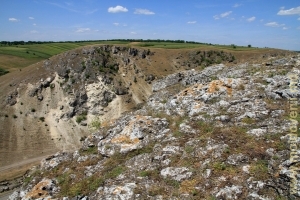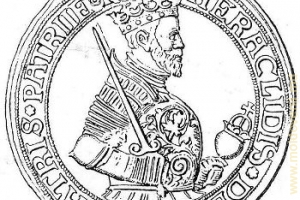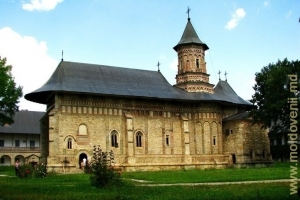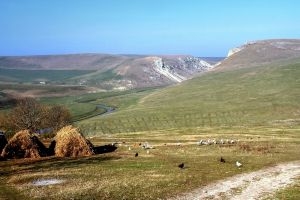404
Site map
- We are the Moldavians
- Important!
- Introduction
- The Moldavian ethnogenesis
- Dictionary
- About the Moldavian language
- The Moldavian Nation
- About «romanianism» of some Moldovians
- About the role of Moldavians in the foundation of Romania
- On the role of the moldavian culture in the formation of Romanian culture
- About role of intelligentsia in denationalization of Moldovans
- Why are we not Romanian?
- Significant personalities of Moldova
- Encyclopedia of Moldova from А-Z
- History
- Civilizations of the Ancient world
- The history of Moldova from ancient times to our days
- Hospodars and Heads of State
- Moldavian historical symbols
- National symbols of the Republic of Moldova
- Cetățile Moldovei
- Moldovan celebrities
- Spiritual pivot of the Moldovan state
- Legislation
- Historical documents
- Development strategy
- Development strategy of Moldova until 2025
- Development of Moldova and reform of power
- The strategy for elevating the effectiveness of state foreign policy
- Optimization of national security strategy
- The strategy for the development of a state of justice
- The strategy of formation of a mature civil society
- The strategy for improving the local self governance
- Culture, science and education development strategy
- The strategy for the restoration of territorial integrity of Moldova
- Economic development and social policy optimization strategy
În contextul lansării programului ”Satul European”, ce probleme vitale există în localitatea dumneavoastră?
Settlements of Moldova
- Statut:
- Sat
- Prima atestare:
- 1955
- Populația:
- 802 locuitori
Rediul Mare (Stație de Cale Ferată) este o localitate din cadrul comunei Grinăuți-Moldova, raionul Ocniţa. Localitatea este situată la o distanță de 11 km de orașul Ocnița și la 231 km de Chișinău. La recensămîntul din anul 2004 populaţia satului constituia 802 oameni. Localitatea Rediul Mare (Stație de Cale Ferată) a fost înregistrată oficial în anul 1955.





 16 noiembrie - Calendarul celor mai importante evenimente din trecut și prezent
16 noiembrie - Calendarul celor mai importante evenimente din trecut și prezent  Ce evenimente culturale vor avea loc în ziua de 16 noiembrie
Ce evenimente culturale vor avea loc în ziua de 16 noiembrie  Moldografia: Vedere spre satul Pociumbeni, Rîșcani
Moldografia: Vedere spre satul Pociumbeni, Rîșcani  Victoria moldovenilor la Cătlăbuga
Victoria moldovenilor la Cătlăbuga  Liceul „Ștefan cel Mare” și muzeul Drochia, împreună pentru a păstra tradițiile…
Liceul „Ștefan cel Mare” și muzeul Drochia, împreună pentru a păstra tradițiile…  Cum pot fi utilizate frunzele uscate
Cum pot fi utilizate frunzele uscate  Ștefan I Mușat – un domnitor moldovean demn și viteaz
Ștefan I Mușat – un domnitor moldovean demn și viteaz  Terciurile – simplu și folositor
Terciurile – simplu și folositor  Toltrele moldoveneşti ‒ vom reuşi oare să le păstrăm? (Foto)
Toltrele moldoveneşti ‒ vom reuşi oare să le păstrăm? (Foto)  17 noiembrie - Calendarul celor mai importante evenimente din trecut și prezent
17 noiembrie - Calendarul celor mai importante evenimente din trecut și prezent  MELODIA ZILEI: Natalia Olaru - Scumpi amici
MELODIA ZILEI: Natalia Olaru - Scumpi amici  Moldografia: Peisaj de primăvară, în apropierea satului Voroneț, Rezina
Moldografia: Peisaj de primăvară, în apropierea satului Voroneț, Rezina  Despot Vodă – 465 de ani de la înscăunarea unui aventurier pe tronul Moldovei
Despot Vodă – 465 de ani de la înscăunarea unui aventurier pe tronul Moldovei  Mănăstirea Neamț - o cronică a Moldovei în piatră
Mănăstirea Neamț - o cronică a Moldovei în piatră  18 noiembrie - Calendarul celor mai importante evenimente din trecut și prezent
18 noiembrie - Calendarul celor mai importante evenimente din trecut și prezent  MELODIA ZILEI: Cuibul - Orașul
MELODIA ZILEI: Cuibul - Orașul  Cum a votat Moldova la ONU asupra rezoluției privind combaterea glorificării naz…
Cum a votat Moldova la ONU asupra rezoluției privind combaterea glorificării naz…  Moldografia: Defileul din toltre, sus de rîul Ciuhur, în preajma satului Horodiș…
Moldografia: Defileul din toltre, sus de rîul Ciuhur, în preajma satului Horodiș…  Ivan Grec: „Victoria lui Alexandr Stoianoglo în alegerile din Moldova a fost un…
Ivan Grec: „Victoria lui Alexandr Stoianoglo în alegerile din Moldova a fost un…  La mulţi ani, Diana Grigor!
La mulţi ani, Diana Grigor! 